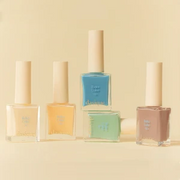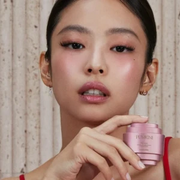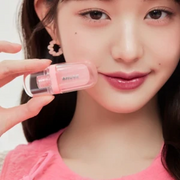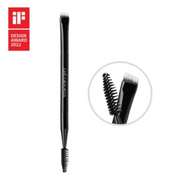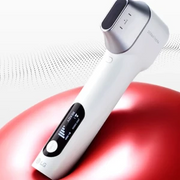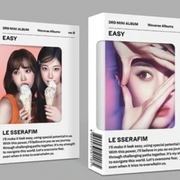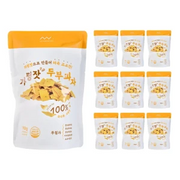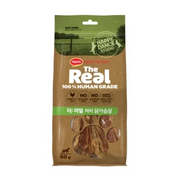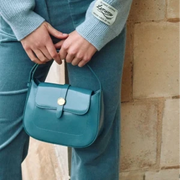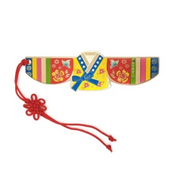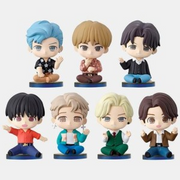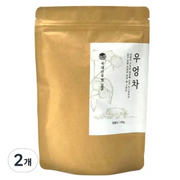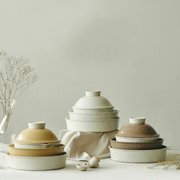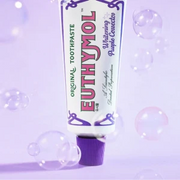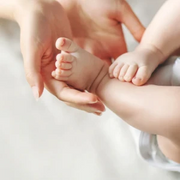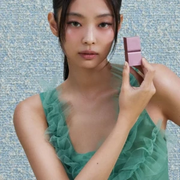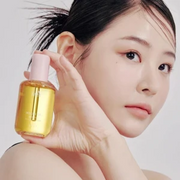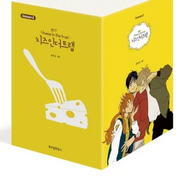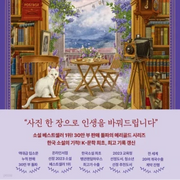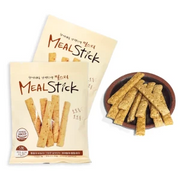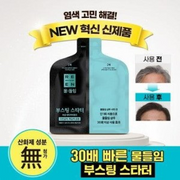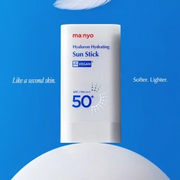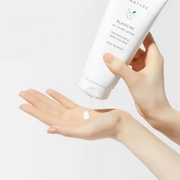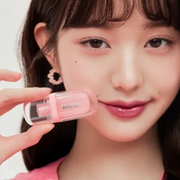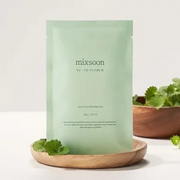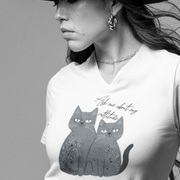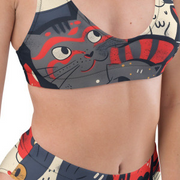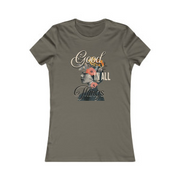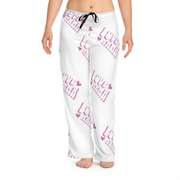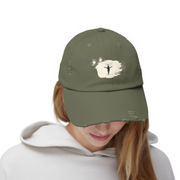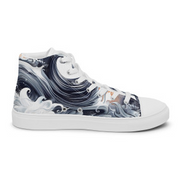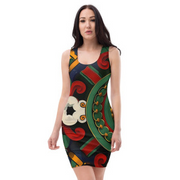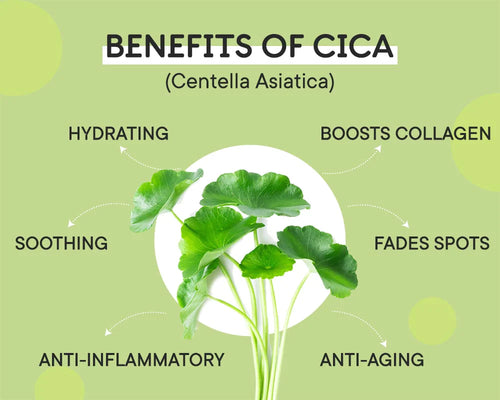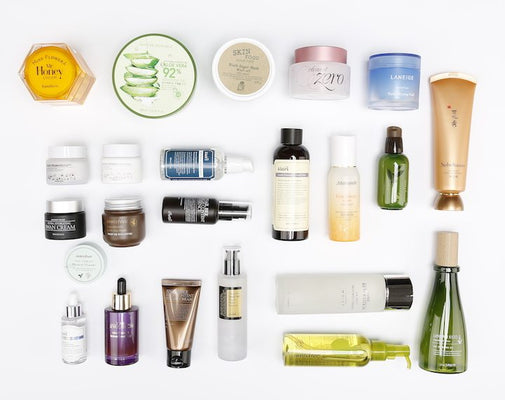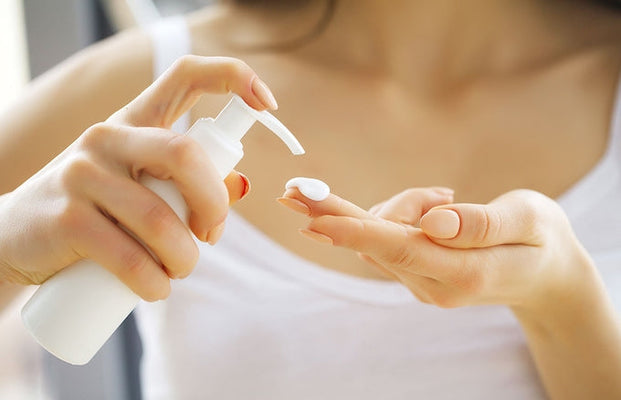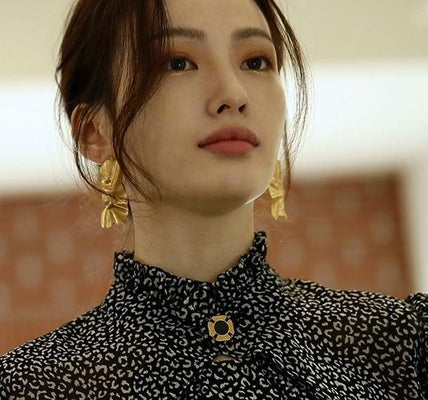Uncovering the Amazing History of Korean Beauty Products

Uncovering the Amazing History of Korean Beauty Products
Korean beauty products, often referred to as K-beauty, have taken the world by storm with their innovative formulas, whimsical packaging, and effective results. But the global fascination with K-beauty is not just a trend—it's the latest chapter in a long history that spans centuries of tradition, innovation, and cultural pride. In this post, we'll explore the captivating journey of Korean beauty, from its ancient roots to its current status as a global phenomenon.
The Ancient Origins
Korean beauty practices date back to the Three Kingdoms period (57 BC - 668 AD), where there was already an emphasis on personal appearance and skincare. During this time, it was believed that external beauty reflected inner virtue, and thus, maintaining one's appearance was not only a matter of aesthetics but also a moral duty.
Natural Ingredients and Herbal Wisdom
The early Korean beauty regimen relied heavily on natural ingredients found in the abundant, diverse landscapes of the peninsula. Ingredients such as ginseng, green tea, and rice water were not just dietary staples but also key components of skincare. These ingredients were valued for their medicinal properties and their ability to promote a clear, youthful complexion.
Ginseng: Revered for its anti-aging benefits.
Green Tea: Known for its antioxidant properties.
Rice Water: Used to brighten and smooth the skin.
Women of the upper class would also use ground mung beans as a gentle exfoliant and face wash, while camellia oil was popular for its hydrating and nourishing effects on the skin and hair.
The Influence of Royal Beauty Rituals
During the Goryeo (918–1392) and Joseon (1392–1897) dynasties, beauty rituals were refined and developed, particularly within the royal court. The women of the royal family had access to an array of unique ingredients and skincare concoctions. One such example is the 'Gyuhap Chongseo,' a women's encyclopedia compiled during the Joseon Dynasty that included beauty recipes and regimens.
Whitening and Sun Protection
A pale complexion was highly prized as a beauty ideal during these times, reflecting a status symbol that the person did not labor outdoors. To achieve this, women used a variety of whitening products and natural sunscreens made from ingredients like ground rice and metals such as zinc oxide.
Beauty Books and Scholars
Korean scholars also contributed to the development of beauty knowledge. Books were written on skincare and beauty, with scholars studying the effects of herbs and ingredients on the skin. This scholarly approach to beauty underscored the importance of a systematic and informed skincare routine.
The Modern Transformation
The 20th century brought about significant changes to the Korean beauty landscape. As Korea opened up to the world, Western influences merged with traditional practices, leading to a unique blend that would eventually evolve into modern K-beauty.
Innovation Meets Tradition
The hallmark of K-beauty lies in its willingness to innovate while maintaining a deep respect for tradition. This has led to the development of unique product categories such as BB creams, sheet masks, and cushion compacts, which all have roots in Korean beauty history.
BB Creams: Initially developed by a German dermatologist, BB creams were popularized in Korea, where they were enhanced to include skincare benefits alongside coverage.
Sheet Masks: Inspired by the traditional practice of using soaked paper or cloth in herbal remedies, sheet masks have become a global skincare staple.
Cushion Compacts: A modern take on the traditional powder and foundation, these provide hydration, SPF protection, and a dewy finish in a convenient compact form.
The Global K-Beauty Phenomenon
Today, K-beauty is recognized worldwide for its skin-first philosophy, emphasizing preventative care and a routine that caters to individual skin needs. The 10-step skincare routine, although not strictly followed by every Korean, reflects the thoroughness and attentiveness that K-beauty is known for.
The Rise of K-Beauty Stars
The Hallyu wave, or Korean Wave, has significantly impacted K-beauty's popularity. Korean pop stars and actors with their flawless skin have become beauty icons, influencing millions to adopt K-beauty products and routines.
International Recognition and Influence
K-beauty has not only become a significant player in the international beauty market but has also influenced Western brands and products. The focus on hydration, gentle ingredients, and layering skincare products has shifted global beauty standards towards a more holistic and health-oriented approach.
Embracing the Legacy
The amazing history of Korean beauty products is a testament to a culture that values both innovation and tradition. As we celebrate the global success of K-beauty, let's not forget the centuries of knowledge and practice that have made this phenomenon possible. Whether you're a skincare aficionado or a curious newcomer, delving into the world of K-beauty is not just about trying new products—it's about connecting with a rich cultural legacy that continues to thrive and evolve.
In the end, the story of K-beauty is one of resilience, creativity, and the enduring pursuit of beauty in harmony with nature and health. It's a narrative that invites us to look beyond the surface and appreciate the depth of history that lies beneath each jar of cream and every sheet mask. As we uncover the amazing history of Korean beauty products, we also discover a path to embracing our own beauty, both inside and out.
-
Posted in
Anti-aging, AntiAging, beauty, Cosmetic, Cosmetics

